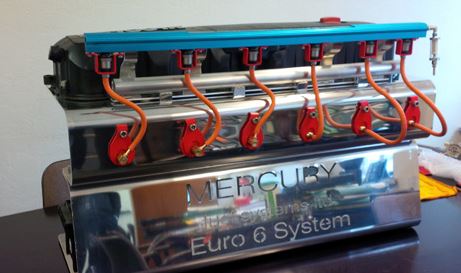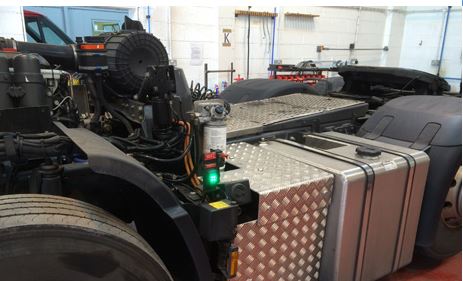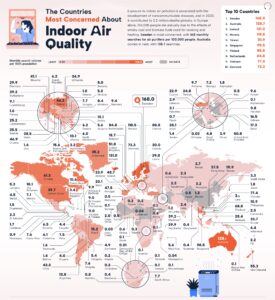Emissions down with Dual Fuel re-engineering solution for HGVs
Calor Gas outline in this special piece how the use of LPG can offer a Dual Fuel solution for HGVs, which brings down emission levels.
As a low carbon fuel, LPG (liquefied petroleum gas) produces less carbon and so engine oil stays viscous longer and cleaner too, writes Calor Gas. It is therefore seen as an exciting development that the first multipoint and fully sequential LPG/diesel fuel system ever has been designed and is now being manufactured.
Created by Mercury Fuel Systems Ltd, Quicksilver AFI has been designed and developed to offer a Dual Fuel solution for trucks using an LPG/Diesel blend. This will help to cut fuel costs as well as carbon emissions.
Quicksilver will allow operators to use cheaper LPG and can also be adapted to use compressed natural gas (CNG), liquefied natural gas (LNG) and other liquid fuels currently under development.
Precise

Calor explains that dual fuel technology is simply an upgrade to an existing diesel engine that allows the engine to burn a variable mixture of diesel and LPG in the combustion chambers. By displacing a proportion of the diesel fuel with LPG, a vehicle will reduce both its fuel costs and carbon emissions because LPG is cheaper and lower in carbon than diesel .
Having been designed specifically for the HGV transport sector, the system blends both fuels in precise quantities optimising emissions and economy.
The system can be fitted within two days and introduces a parallel set of injectors alongside the diesel ones and an ECU to control the blending of diesel and LPG into the cylinder. A secondary LPG storage tank is fitted to the vehicle to maintain the correct daily working range for the vehicle.
With a general installation cost of less than £9,000 per truck, savings on fuel costs of between 10-15% (at present prices) through the use of LPG means that there is a payback inside 18 months for the system.
HGV fleet
Calor Gas Ltd have converted a number of their own HGV fleet to this system — in the period from 1st August 2014 to 21st July August 2015, and in doing so saved an average of £5,783 per vehicle — significantly more than the original target set of £4,000 per vehicle.
At a time when there is large amounts of evidence to suggest that more needs to be done to improve air quality, this presents a real opportunity for large HGV vehicles to help to help contribute towards this drive for cleaner air.

Conversion involves installing a second set of LPG fuel injectors, an LPG fuel tank, pipe work and associated fuel management system.
Recent independent test work carried out by Millbrook and Horiba Mira shows that carbon emission savings of 5 tonnes per 100,000kms travelled and a 15% fuel cost reduction. This would result in a total of 37.5 tonnes of carbon saved over a typical 5-year contract.
Certification
These tests, in conjunction with the LCVP, have resulted in the production of a certification scheme for aftermarket low carbon technologies.
The Scheme will support UK Government policy and the achievement of CO2, air quality and energy security targets. Mercury Fuel Systems are the first company to achieve accreditation.
Related links
Calor Gas
Horiba Mira
Millbrook












